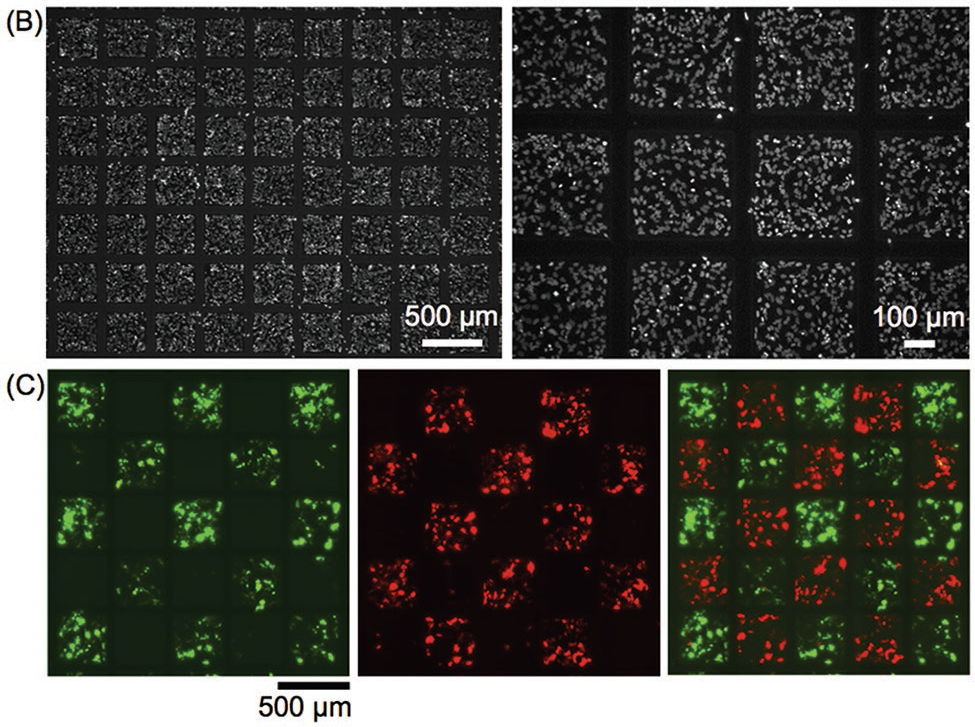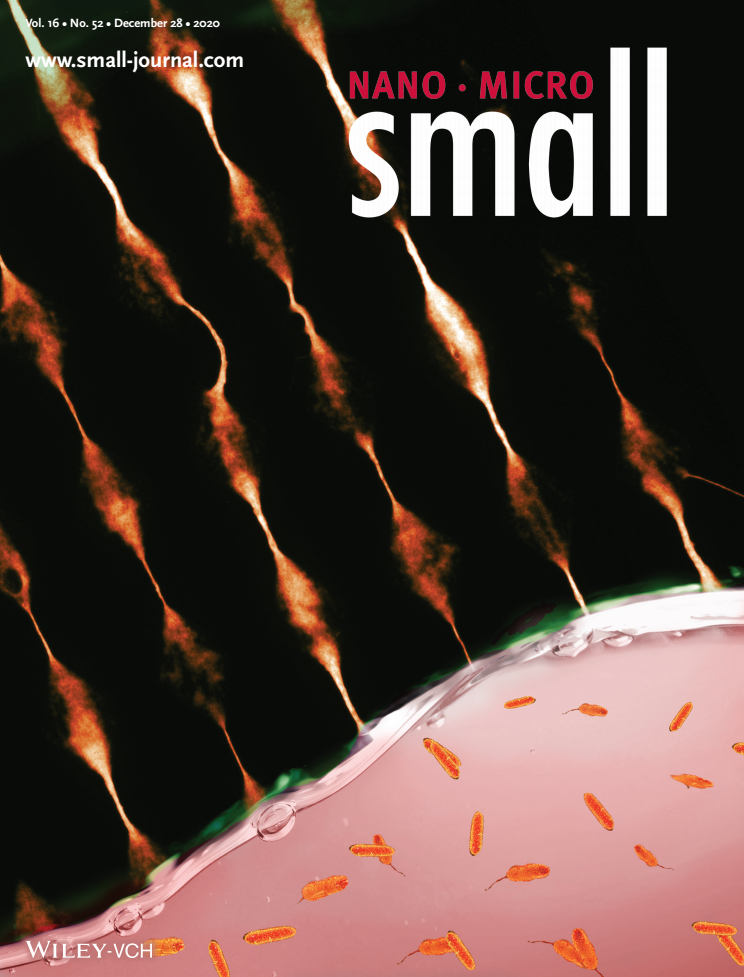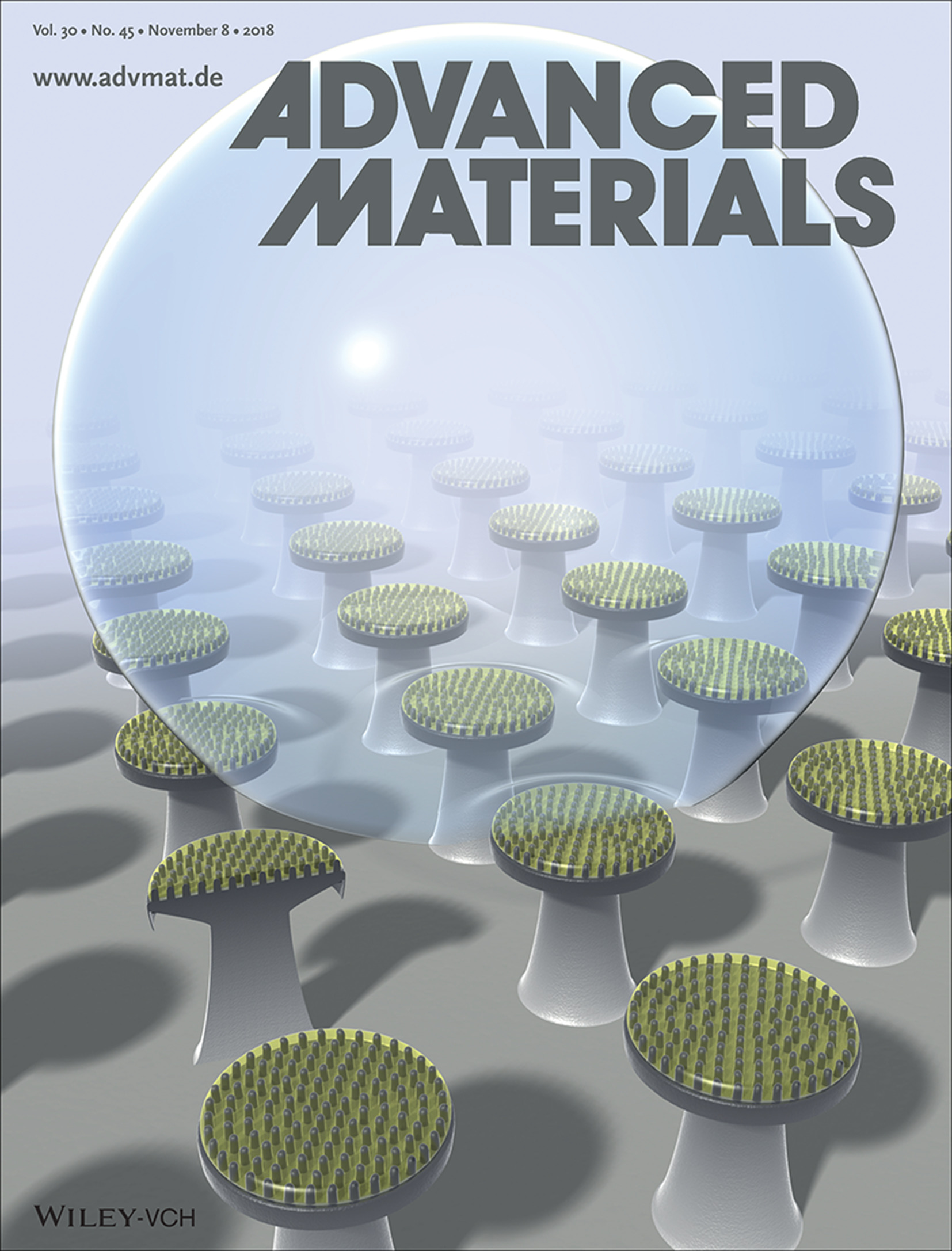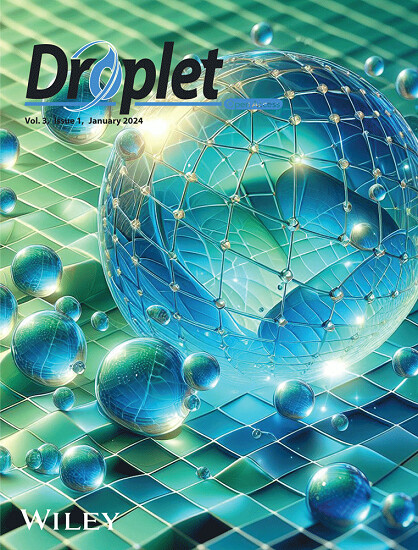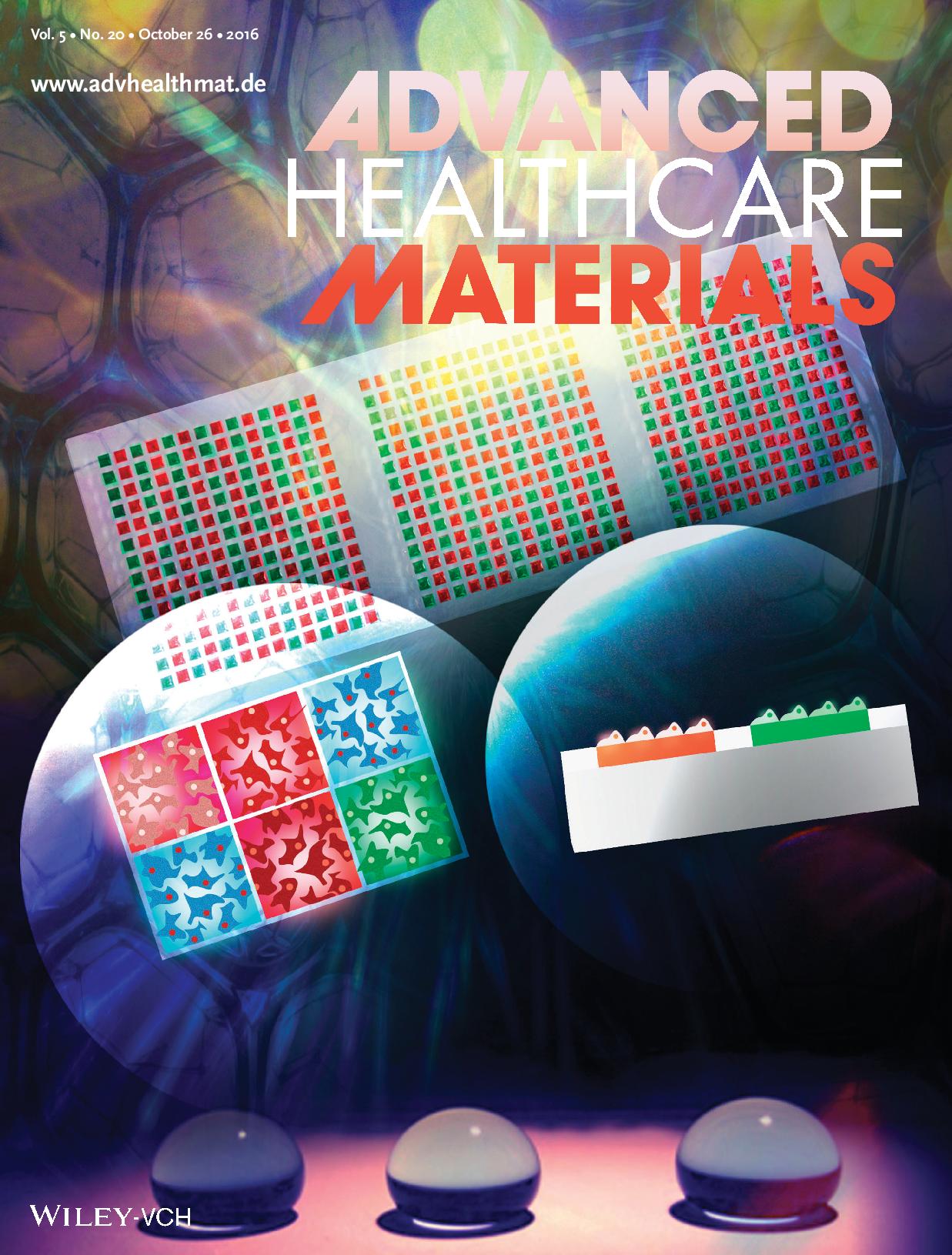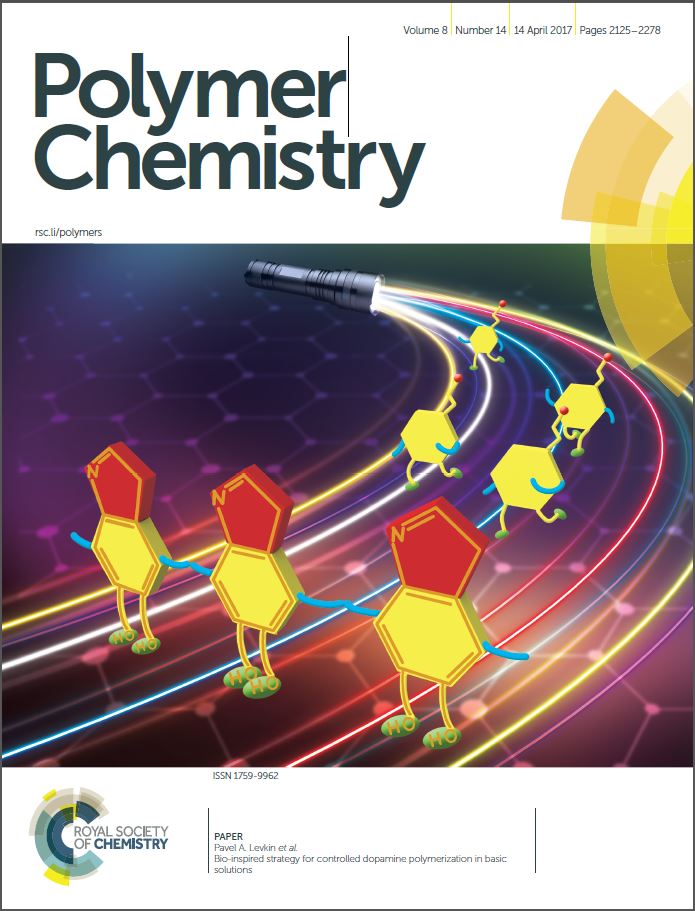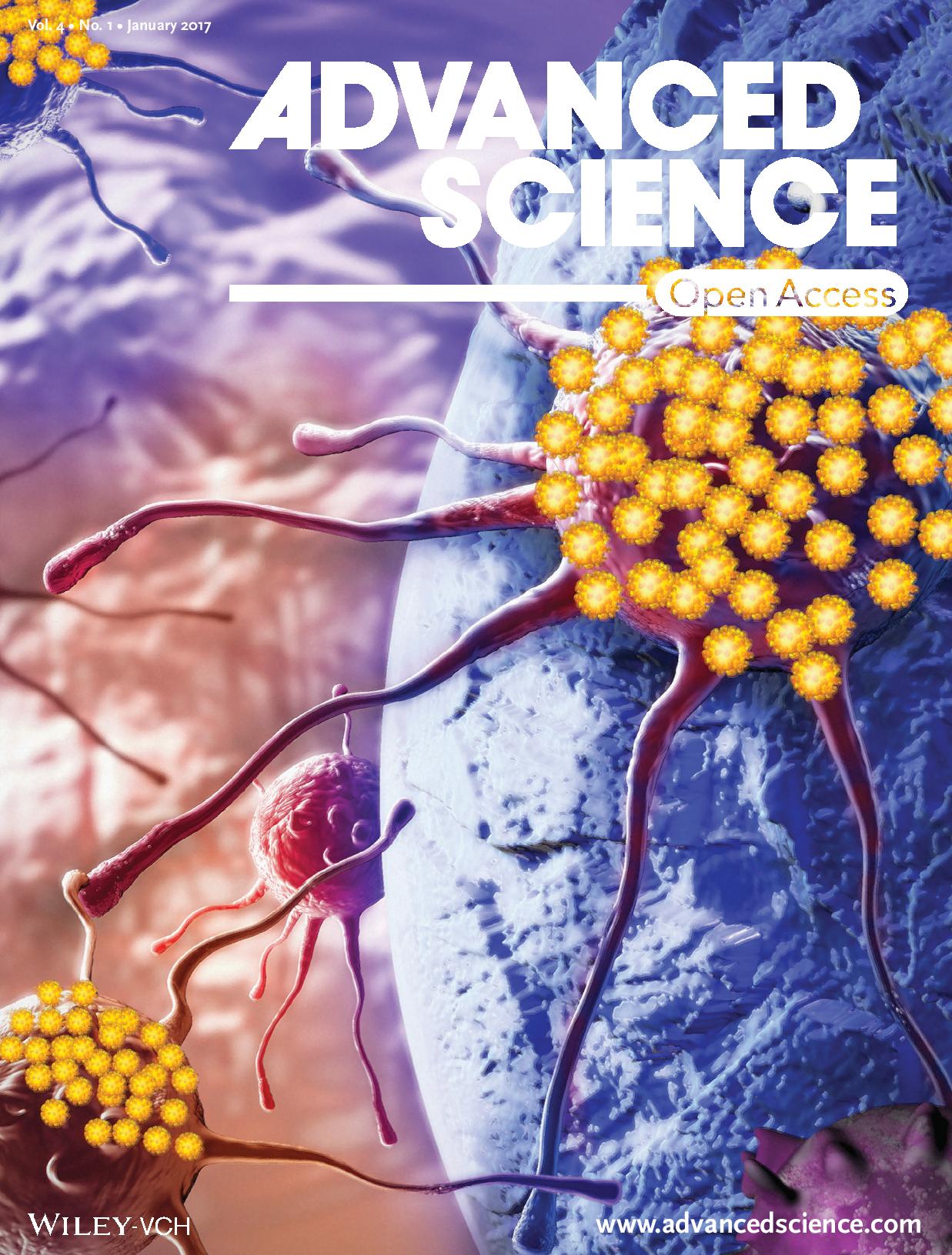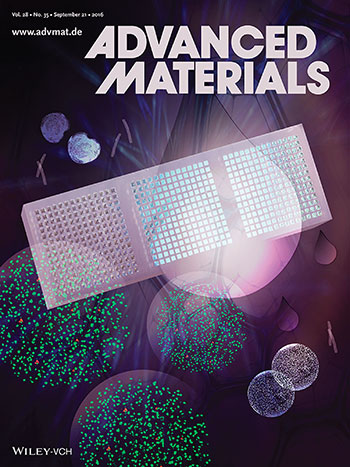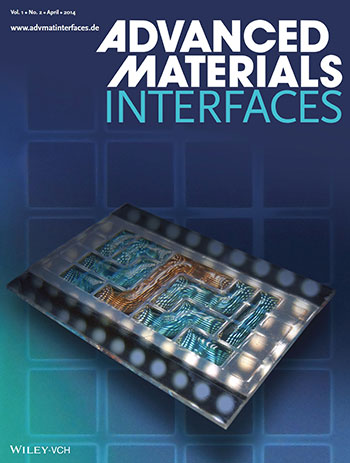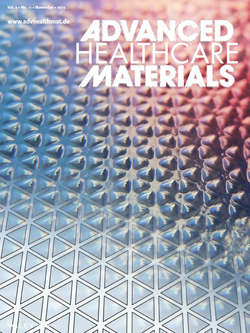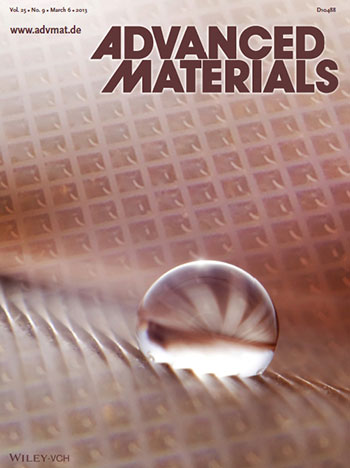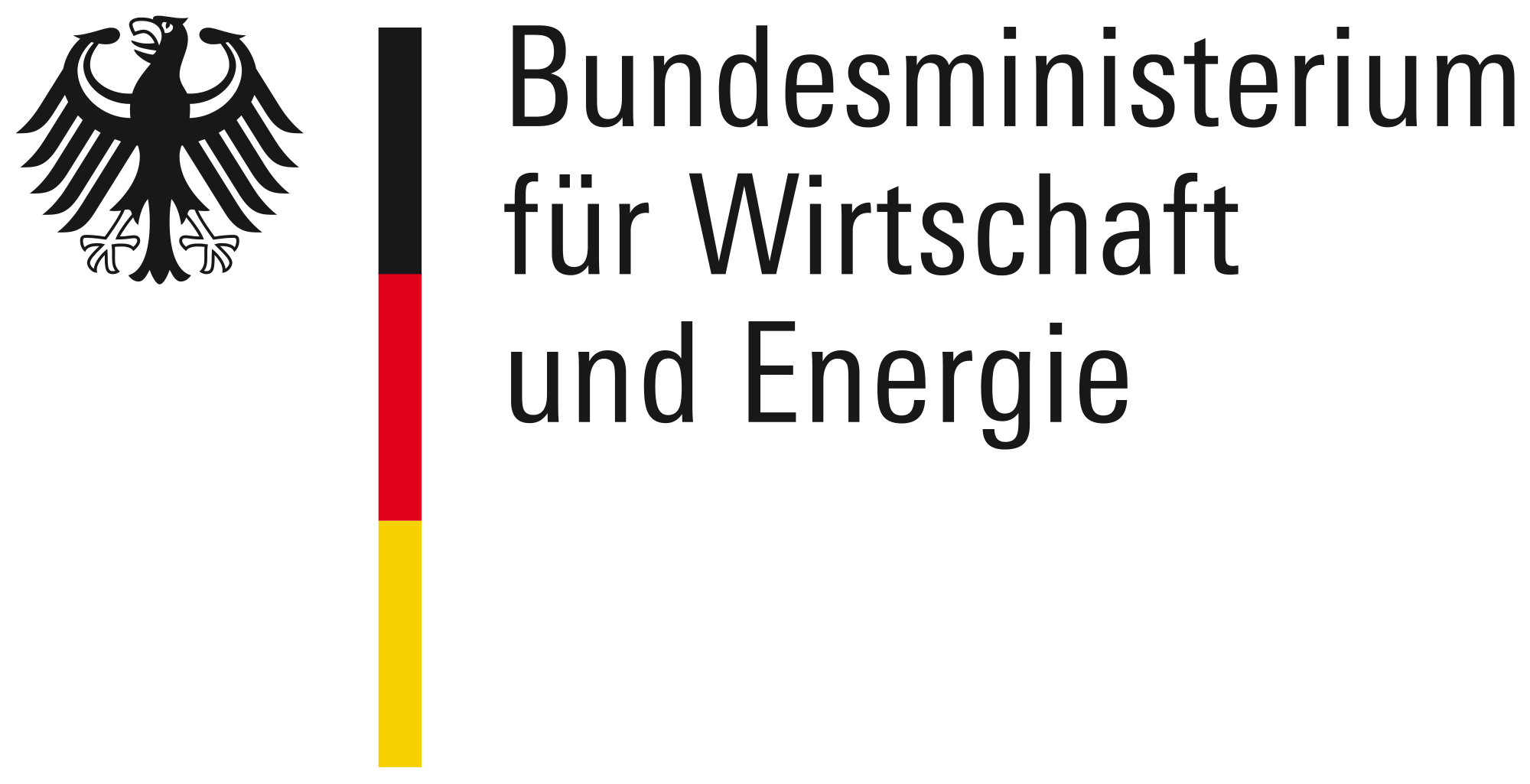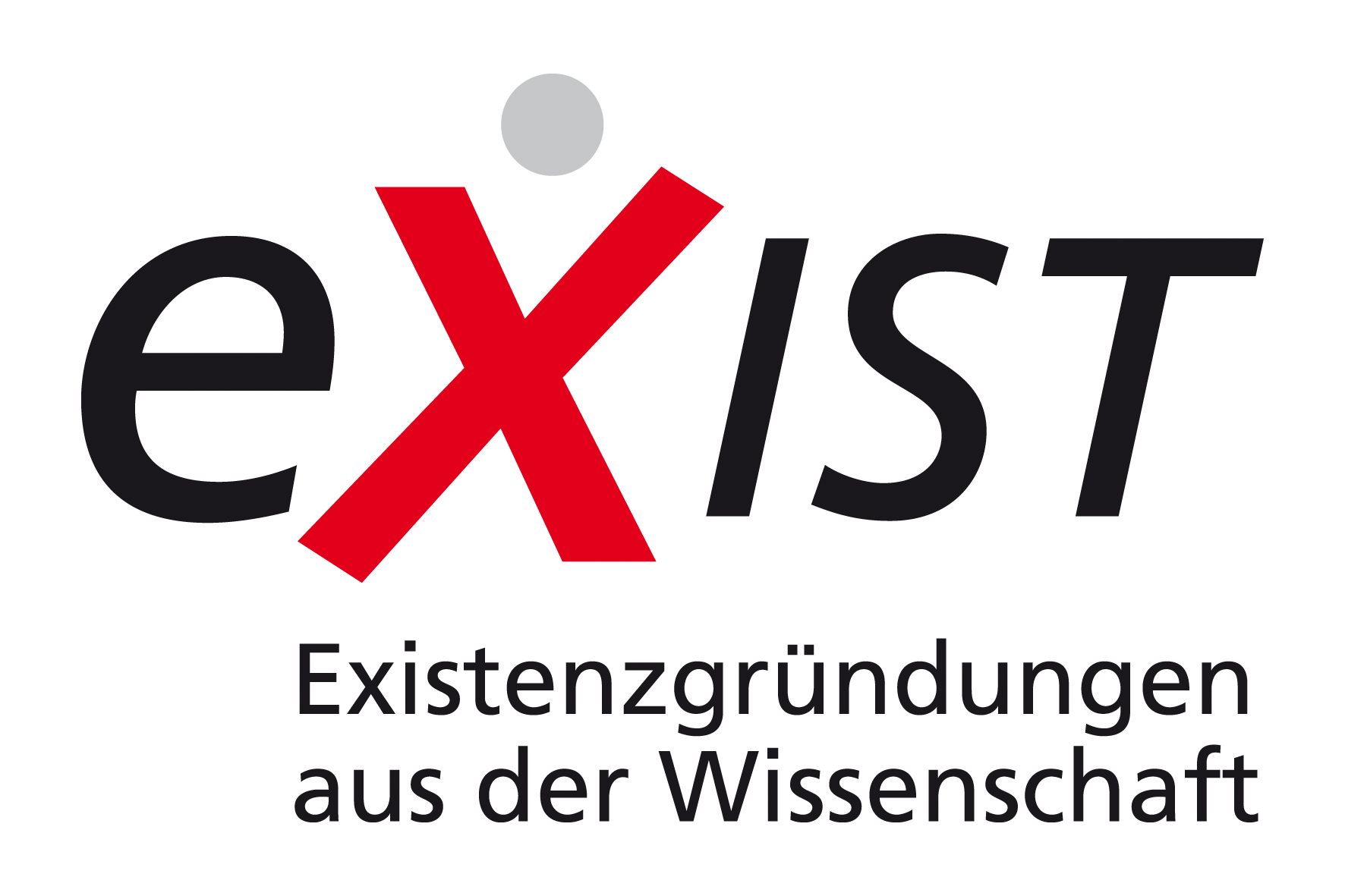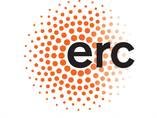61. Superhydrophilic–Superhydrophobic Patterned Surfaces as High-Density Cell Microarrays: Optimization of Reverse Transfection
High-density microarrays can screen thousands of genetic and chemical probes at once in a miniaturized and parallelized manner, and thus are a costeffective alternative to microwell plates. Here, high-density cell microarrays are fabricated by creating superhydrophilic–superhydrophobic micropatterns in thin, nanoporous polymer substrates such that the superhydrophobic barriers confine both aqueous solutions and adherent cells within each superhydrophilic microspot. The superhydrophobic barriers confine and prevent the mixing of larger droplet volumes, and also control the spreading of droplets independent of the volume, minimizing the variability that arises due to different liquid and surface properties. Using a novel liposomal transfection reagent, ScreenFect A, the method of reverse cell transfection is optimized on the patterned substrates and several factors that affect transfection efficiency and cytotoxicity are identified. Higher levels of transfection are achieved on HOOC- versus NH2-functionalized superhydrophilic spots, as well as when gelatin and fibronectin are added to the transfection mixture, while minimizing the amount of transfection reagent improves cell viability. Almost no diffusion of the printed transfection mixtures to the neighboring microspots is detected. Thus, superhydrophilic–superhydrophobic patterned surfaces canbe used as cell microarrays and for optimizing reverse cell transfection conditions before performing further cell screenings.
